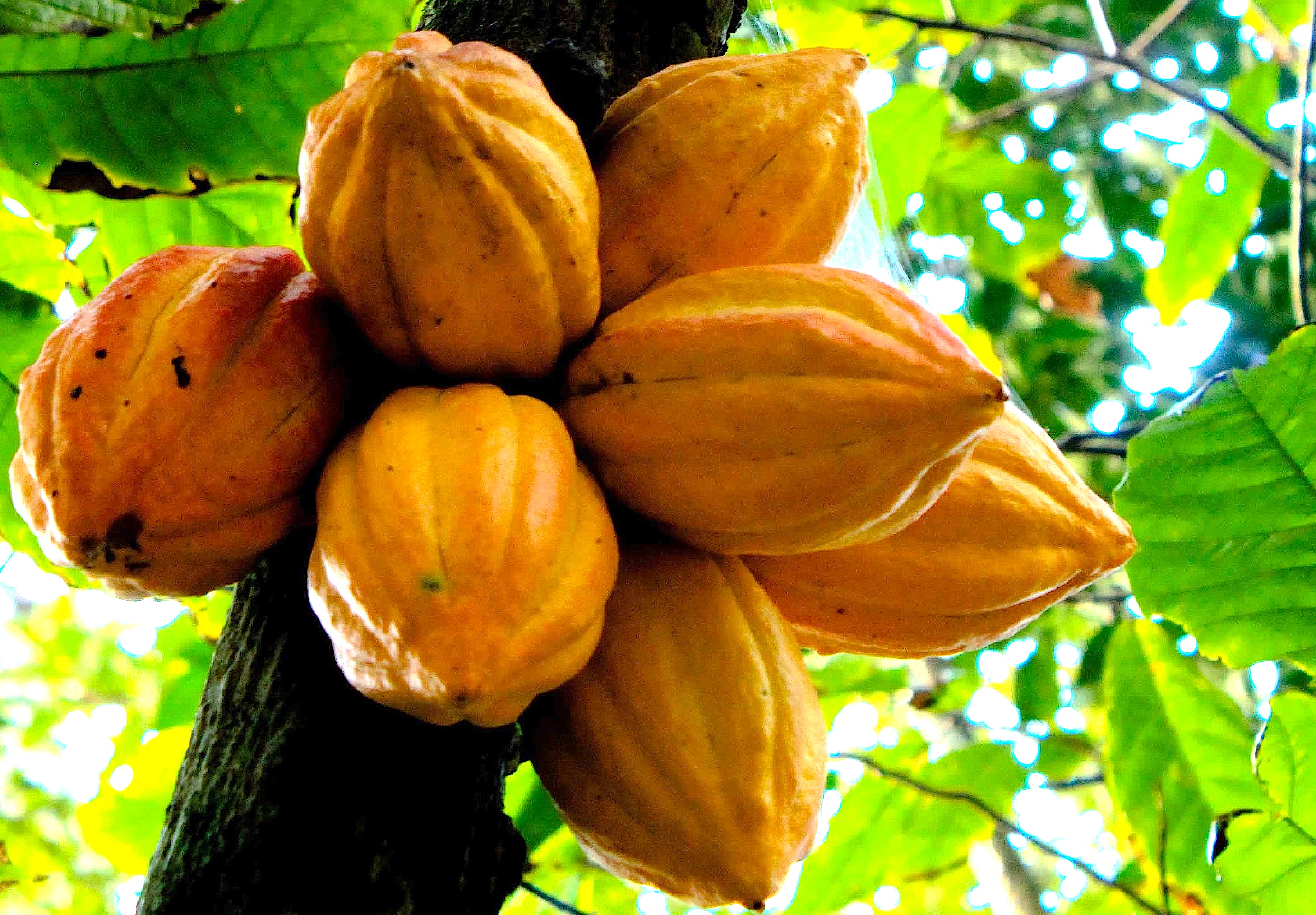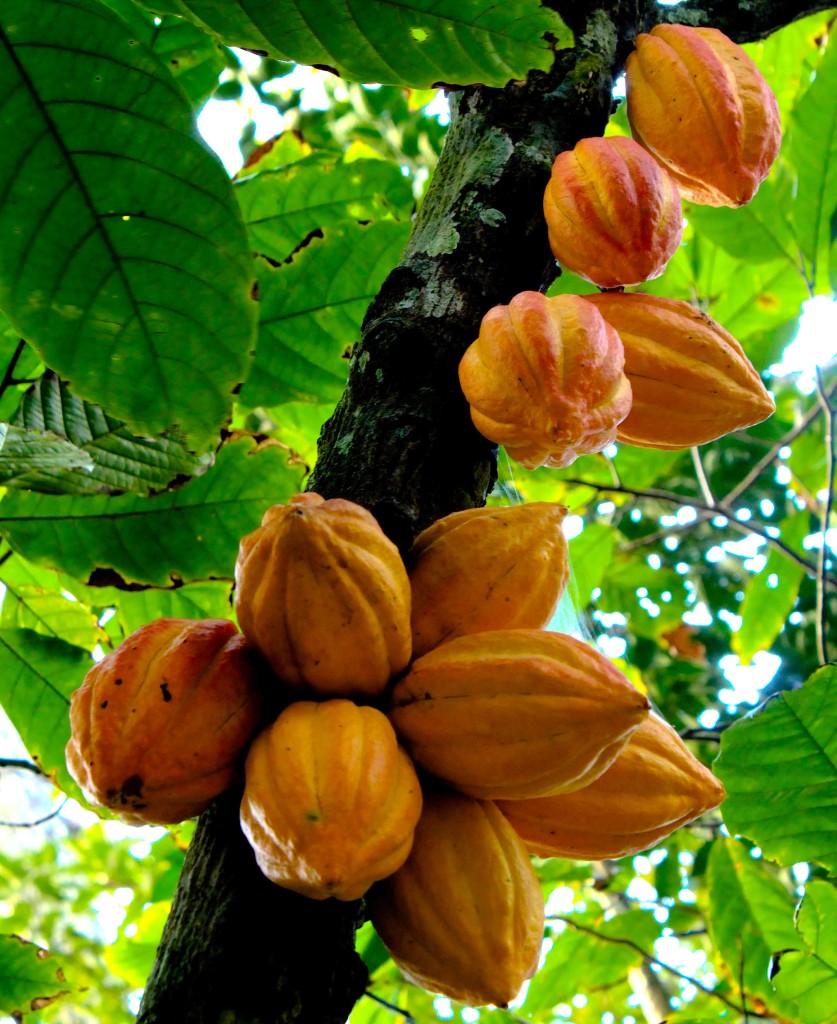This is a guest post by MyChocolate.
The history of chocolate
Over the last century chocolate has become one of the most popular foods on the planet. But what do we know about chocolate before this meteoric rise? Let’s take a look at its fascinating past…
The earliest history of chocolate takes us back four thousand years to the tropical rainforests of Central America. The heavy rainfall and hot temperatures of these rainforests provide the ideal climate for the Cacao tree; this being the tree which produces the cocoa beans from which chocolate is produced.
The Mayan civilization who lived in Central America and Southern Mexico at the time worshipped the Cacao tree, believing it to be of divine origin – its Latin name Theobroma Cacao literally means ‘Food of the Gods’.
“Food of the Gods”
The Mayans learnt how to prepare a spicy bittersweet drink using the beans of the Cacao by fermenting them with chillies and maize. This brew was often used in ceremonies and was reserved for the rich and religious elite. The Mayans, however, weren’t the only civilization to cultivate the tree.
In the 13th-16th centuries, the Aztecs, who lived further north in modern day Mexico, also thought the Cacao was holy, believing it to be a gift from Quetzalcoatl, the God of wisdom. The beans were given so much worth that they were used by the Aztecs as a currency. The Spanish explorer Hernandez noted that 100 beans was the standard trading price for a turkey or slave and 4 would have been worth a simple dinner.
From Xocolatl to Chocolat
When they weren’t using the beans for trade, the Aztecs also used them to ferment a drink for religious rituals, which they called Xocolatl. The Spanish couldn’t pronounce ‘Xocolatl’ so changed it to ‘Chocolat’, from which ‘Chocolate’ derives.
Xocolatl was brought to Europe by the Spanish after they conquered the Aztec empire in the early 16th century. However, the drink was found to be too bitter and so it was adapted into a sweeter, powdered drink, more suited to the European palette. The Spanish capitalised on the popularity of this drink, and by opening the first chocolate factories in the world, they were able to export it throughout Europe.
It first arrived in England in 1520, and there must be special mention here for the Quakers. This pacifist religion, whose Puritan routes prohibited them from everyday businesses activities, meant they became heavily involved with mass food production – in particular baking and chocolate. Some of the most famous chocolate production companies that have ever existed have Quaker routes, including Cadbury’s, Fry’s and Rowntree (who merged with Swiss giant; Nestle).
It was only until the early nineteenth century, when Dutch chemist Johannes Van Houten first discovered a way to extract ‘cocoa butter’ from raw beans that the mass production of chocolate bars could happen. And of all places, it is in fact Bristol which can lay claim to the first ever solid chocolate bar, when, in 1847, Fry & Sons mixed sugar with cocoa butter and cocoa powder.
The arrival of the mass production of chocolate bars paved the way for its global boom in the twentieth century – the rest as they say, is history!
If you’d like to find out more about the wonderful world of chocolate, it’s time for you to try out one of our workshops. For more information visit MyChocolate.co.uk
MyChocolate’s Indulgent Guide to Chocolate- infographic
(right click and save!)
 Provided by MyChocolate
Provided by MyChocolate


Leave a Reply